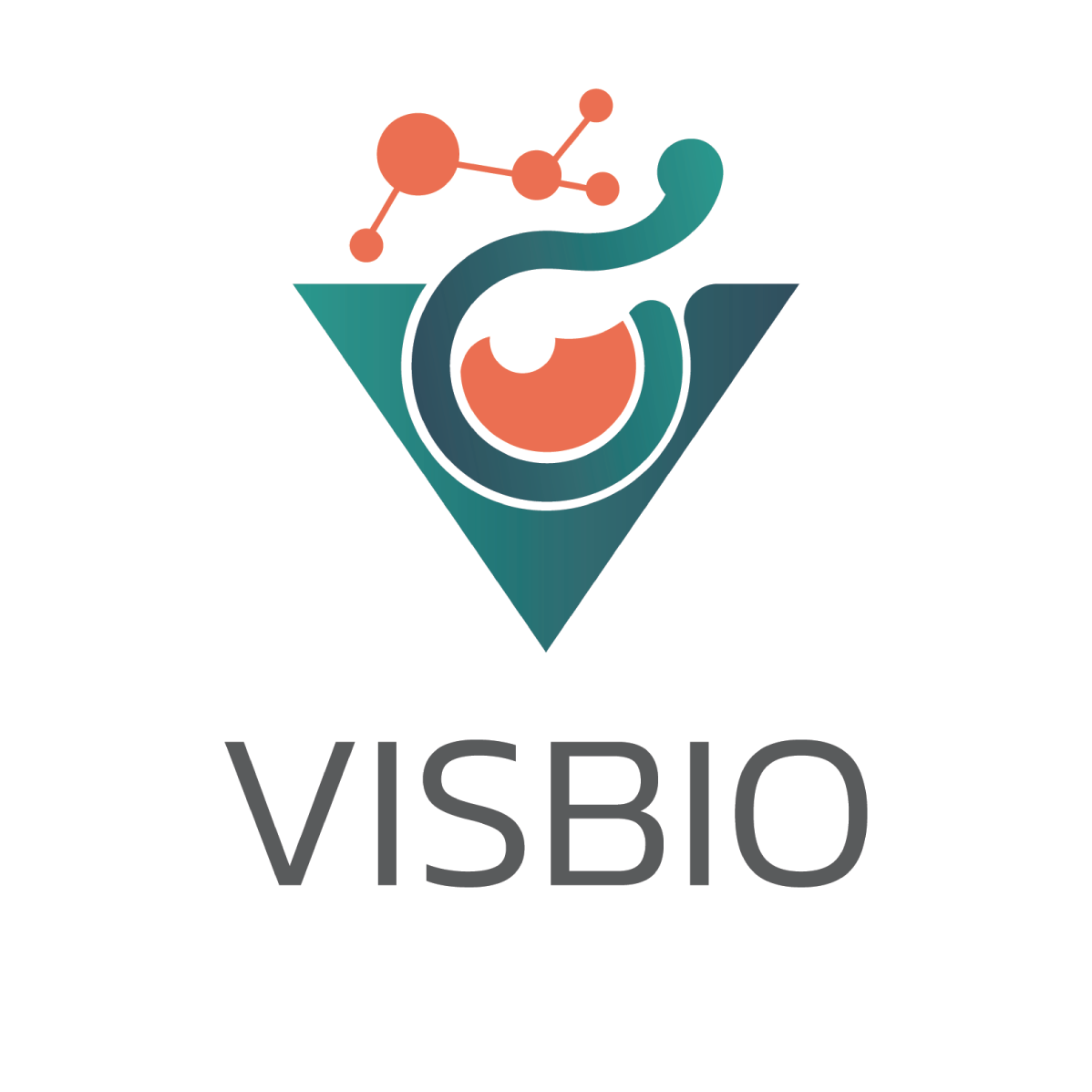
Information on Protease Enzyme Quantity Analysis Service
Protease enzymes play a vital role in the food, pharmaceutical, and cosmetics industries. Whether it’s aiding protein digestion in food supplements, controlling the quality of raw materials, or even developing new products, knowing the quantity of protease enzymes in a product is essential. Visbio Co., Ltd. offer a protease enzyme quantity analysis service using the Specific activity method with p-nitrophenyl acetate substrate. You will receive accurate, fast, and reliable analysis results with standardized testing procedures and a team of expert scientists.
What are Protease Enzymes?
Protease enzymes (also known as proteases) are enzymes that break down proteins into smaller molecules such as peptides or amino acids. This process is done by cleaving the peptide bonds that link amino acids in a protein chain. These enzymes are commonly found in living organisms, including humans, animals, plants, and microorganisms. They play a crucial role in various processes such as digestion, growth, and defense mechanisms.
In the fermentation technology industry, microorganisms can be used as a source for producing proteases, especially those with the characteristics of Serine alkaline protease. These can be derived from bacteria, yeast, and fungi. This group of enzymes has the advantage of being able to work in a wide range of pH levels (4-11) and is often used as a supplement in the animal feed industry.
Classification of Microbial Proteases
Microbial proteases can be categorized in several ways depending on their characteristics and mechanisms of action. The main classifications include:
- Proteases that digest specific types of proteins: Examples include collagenase (digests collagen), elastase (digests elastin), and keratinase (digests keratin). These enzymes are often vital in industries requiring specific protein digestion.
- Proteases similar to well-studied proteolytic enzymes: These include enzymes like chymotrypsin, trypsin, and pepsin. Their functions are similar to enzymes found in animals and humans, making them applicable in medicine and biotechnology.
- Proteases with specific working pH ranges: These can be proteases that function well in acidic, alkaline, or neutral conditions. This allows for the selection of proteases best suited for the working conditions of different industries.
- Proteases with specific structures in their reaction mechanisms: This category is based on the amino acids at the enzyme’s active site, such as aspartic protease, cysteine protease, metalloprotease, and serine protease. This classification enables precise control over protein digestion processes.
- Proteases with specific protein digestion sites: These include endopeptidases (cleaving bonds within protein chains) and exopeptidases (cleaving at the ends of protein chains to release free amino acids).
These classifications simplify the selection of appropriate proteases for various industrial applications and aid in research to discover new proteases with potentially beneficial properties for industrial development and biotechnology.
Industrial Applications of Protease Enzymes
Microbial proteases are widely used in various industries due to their ability to break down proteins and their flexibility in diverse applications. Some examples include:
- Detergent Industry: Proteases are key ingredients in detergents, helping break down protein stains like food, blood, and sweat. This enhances cleaning efficiency, reduces the need for harsh chemicals, and saves energy by enabling effective cleaning at lower temperatures.
- Food Industry: Proteases are crucial in processing various foods, such as tenderizing meat by breaking down proteins, producing flavorful and aromatic bone broth, and improving the taste of soy sauce and other seasonings.
- Leather Industry: In leather tanning, proteases can replace harsh chemicals for cleaning and treating leather, promoting safer and more environmentally friendly production processes.
- Wastewater Treatment: Microbial proteases are used to break down proteins in wastewater from various industries, such as food processing plants. This helps reduce organic matter in wastewater and minimizes environmental impact.
- Biotechnology: Proteases are utilized in pharmaceutical production and protein analysis. They can isolate essential biological substances from other components, such as in vaccine production where proteases remove unwanted proteins from the vaccine.
Why Should Products Undergo Protease Enzyme Quantity Analysis?
Analyzing the quantity of protease enzymes in products is crucial for several reasons:
- Controlling Product Quality and Standards: The appropriate amount of protease enzymes influences product quality, efficacy, and safety. Enzyme quantity analysis enables manufacturers to maintain consistent quality and standards.
- Verifying Enzyme Efficiency: Analyzing protease enzyme quantity helps evaluate enzyme performance, such as in food supplements or detergents, ensuring the enzymes function effectively as intended.
- Developing New Products: Data on protease enzyme quantity is valuable for researching and developing new products, such as formulating food products or enhancing existing product performance.
- Consumer Safety: In some cases, excessive protease enzyme levels can pose risks to consumers. For instance, in cosmetic products, it may cause skin irritation. Enzyme quantity analysis helps manufacturers control enzyme content and ensure consumer safety.
Protease Enzyme Quantity Testing Service
Protease enzymes are like keys that unlock new possibilities in food, medicine, and cosmetics development. Controlling the quantity of these enzymes is essential for researchers, manufacturers, and entrepreneurs.
A crucial factor influencing protease enzyme efficacy is “quantity.” Accurate knowledge of enzyme quantity allows for efficient quality control, process performance evaluation, and development of new formulas or production processes.
This test is based on the principle that protease enzymes can break down the substrate p-nitrophenyl acetate, resulting in the yellow-colored substance p-nitrophenol, which can be quantified using a spectrophotometer. The first step involves creating a standard curve using protease enzymes of known concentrations. Then, the sample to be tested undergoes the same reaction, and its absorbance value is measured and compared to the standard curve to determine the protease enzyme quantity in the sample.
Literature:
- Sumantha, A., Larroche, C., & Pandey, A., 2006, Microbial Proteases: Applications in Food Industry, Food Technology and Biotechnology.
- รศ.ดร. ยุวพิน ด่านดุสิตาพันธ์, โครงการนำร่อง : การผลิตเอนไซม์โปรติเอสจากราเส้นใยในอาหารเหลวระดับโรงงานต้นแบบ เพื่อเป็นอาหารเสริมในสัตว์ปีก เช่น ไก่, คณะทรัพยากรชีวภาพและเทคโนโลยี ที่มา วันที่ 01/11/2024



